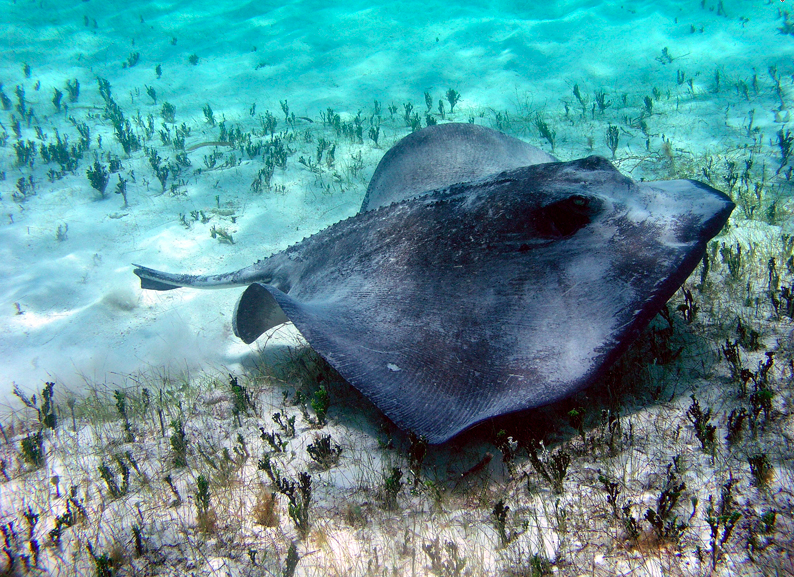Hi, what are you looking for?


Fun Facts
Exploring the Mysteries of the Oceanic Zone: Plants and Animals The world beneath the waves is a realm of wonder and fascination, with...
Hi, what are you looking for?


Exploring the Mysteries of the Oceanic Zone: Plants and Animals The world beneath the waves is a realm of wonder and fascination, with...